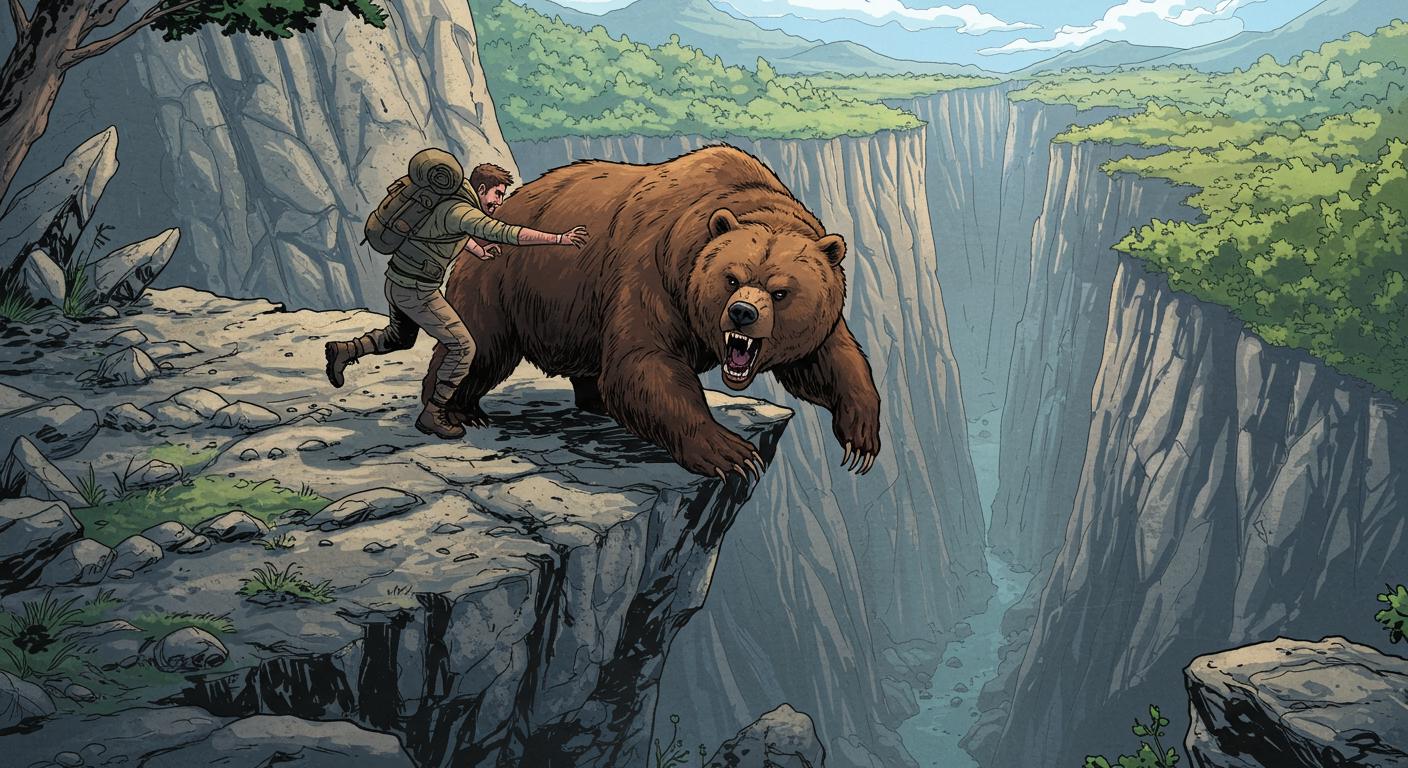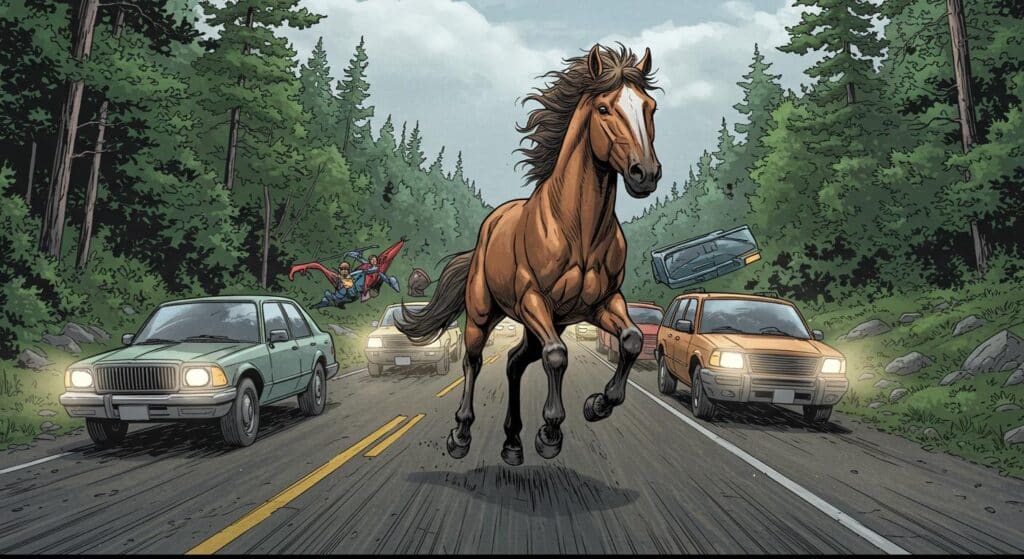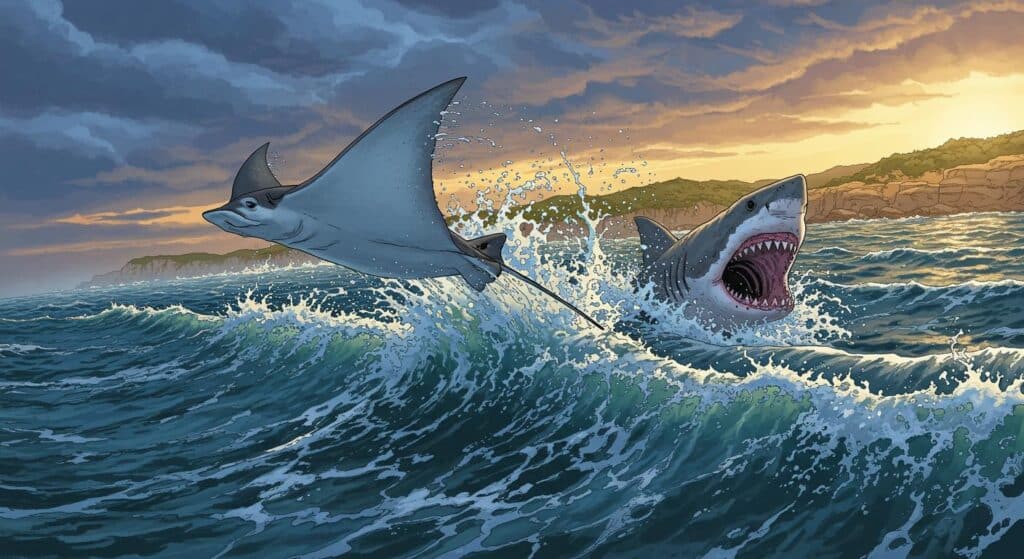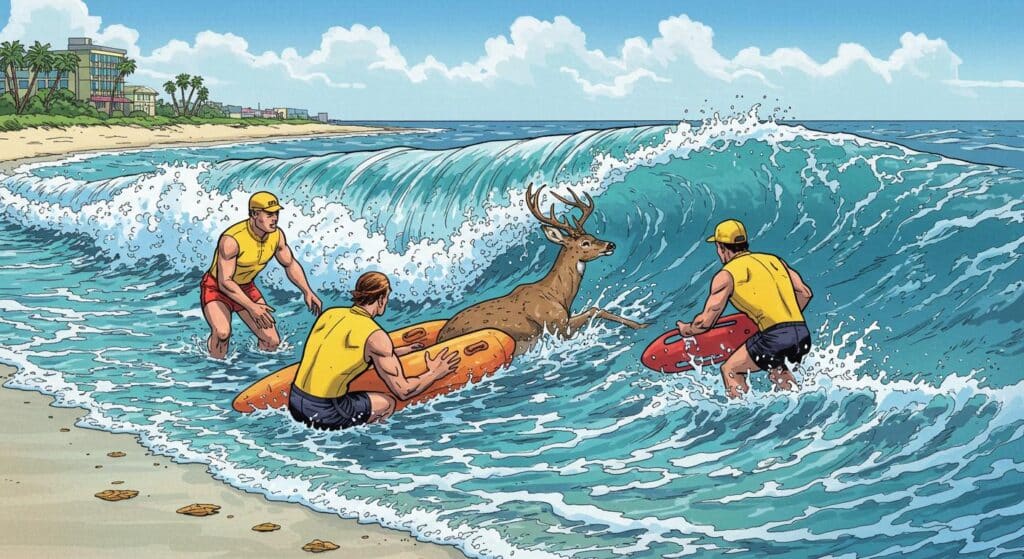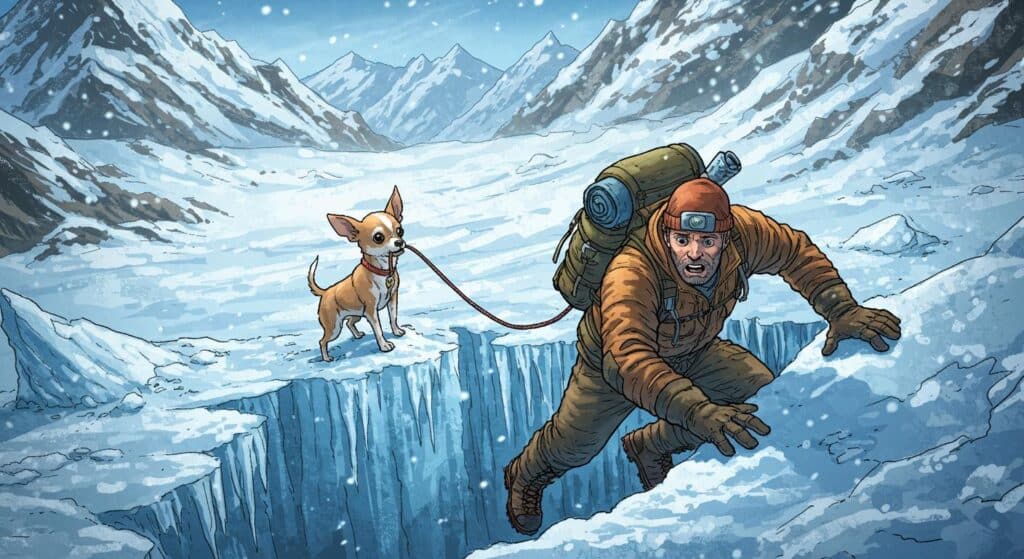For a culture that gave us Minotaurs and labyrinthine drama, modern Greece doesn’t often make headlines for ursine encounters. But this week, as thoroughly detailed by CBS News, one such run-in has left both the hiking and history communities pausing mid-stride: an ill-fated trek through the forests of northeastern Greece, a hidden relic from World War II, and a brown bear with opinions about human foot traffic.
A Bear, a Cliff, and a Cautionary Tale
According to the rescue account relayed to CBS/AFP, experienced hiker Christos Stavrianidis was found dead in a 2,600-foot ravine in the Fraktou forest—a tragic end to what began as an exploratory effort to make a crashed warplane’s wreckage more accessible. Accompanying hiker Dimitris Kioroglou described their bewildering bear encounter: “I suddenly saw a bear which attacked me,” he told Greek news portal NewsIT, as cited in the CBS News report. With a dog briefly delaying the bear, Kioroglou resorted to pepper spray. The bear, undeterred, then “headed to where my friend was and knocked him into the ravine.” Later, Kioroglou explained to state TV ERT that Stavrianidis, out of bear spray at the crucial moment, faced a “very big bear” advancing with remarkable speed and strength.
This was no wayward stroll gone wrong. The men, both seasoned hikers, were following up on Stavrianidis’ earlier discovery of the long-lost warplane wreckage—a nearly intact fuselage moldering away in the woods since the mid-twentieth century. CBS News notes that Stavrianidis was actively searching for—one might even say curating—an accessible path, imagining more visitors making the trek to the hidden artifact.
In a detail highlighted in CBS News, the plane and surrounding landscape struck Stavrianidis as inherently valuable in their untouched state. Last year, he told a local journalist the site “is a treasure of nature and should be left (in the forest).” One almost wonders if the local bear population took this sentiment to heart, albeit a bit too literally.
Not All Bears (Are Villains)
Interpretations of the bear’s actions lean toward the diplomatic. As reported by CBS News, Greek wildlife group Arcturos’ spokesperson Panos Stefanou clarified to state TV ERT that the animal’s actions were defensive, not outright aggressive. From the bear’s perspective, a collection of humans (with or without historical ambitions) is more “threat” than “trail-buddy.”
CBS News, citing conservation sources like Ursa Trails, notes that brown bears are protected under Greek law, with their largest numbers tucked in the western Rhodopes and the Pindos mountain ranges. Yet, as with any population on the rise, the boundaries between wilderness and weekend adventure can blur. The outlet also points to broader European trends: Slovenia, overrun with bears to the point of approving a cull of 200, and Slovakia, where recent attacks—including fatal ones—have prompted similarly drastic measures.
One gets a clear sense, reading CBS News, that Greece is just the latest in a line of countries negotiating coexistence with its ursine residents—an ongoing experiment with all the predictability of an unsupervised picnic basket.
Human Obsessions and Nature’s Indifference
As previously reported, Stavrianidis wasn’t there on a mere whim. His goal: open up a slice of buried history so more could appreciate what the forest had hidden for seventy years. “It’s a beautiful discovery that deserves to be viewed on location … the fuselage is nearly intact,” he once told a local journalist, according to CBS News.
Still, as was paradoxically captured in Stavrianidis’ own words, perhaps this “treasure of nature” was best left cloistered. Sometimes the forest, with its quiet keepers, enforces that edict more forcefully than any conservation statute.
Does this mean future explorers will double—or quadruple—their bear spray? Perhaps those with an archivist’s sensibility might decide some relics are meant to remain tantalizingly out of reach, their location left as dots on an old map or footnotes in a hiker’s journal. Is true discovery always meant to be shared, or does nature sometimes demand a bit of secrecy?
Reflections Among the Pines
For those of us who spend our time ferreting out history’s lost corners and the world’s peculiar footnotes, this story is both cautionary and familiar. Human curiosity is a powerful force, perhaps matched only by the indifference—or protective might—of the natural world. As CBS News chronicles, an adventure intended to illuminate a forgotten past ended with an abrupt, very real reminder that not every story can be faithfully catalogued or safely retraced.
In the forest, tragedy and irony often prowl side by side; in this case, a man driven by history’s lure encountered a living relic with no patience for new paths or press releases. You have to wonder: in a country built on myth, is the reality any less strange—or, for would-be explorers, any less daunting?

